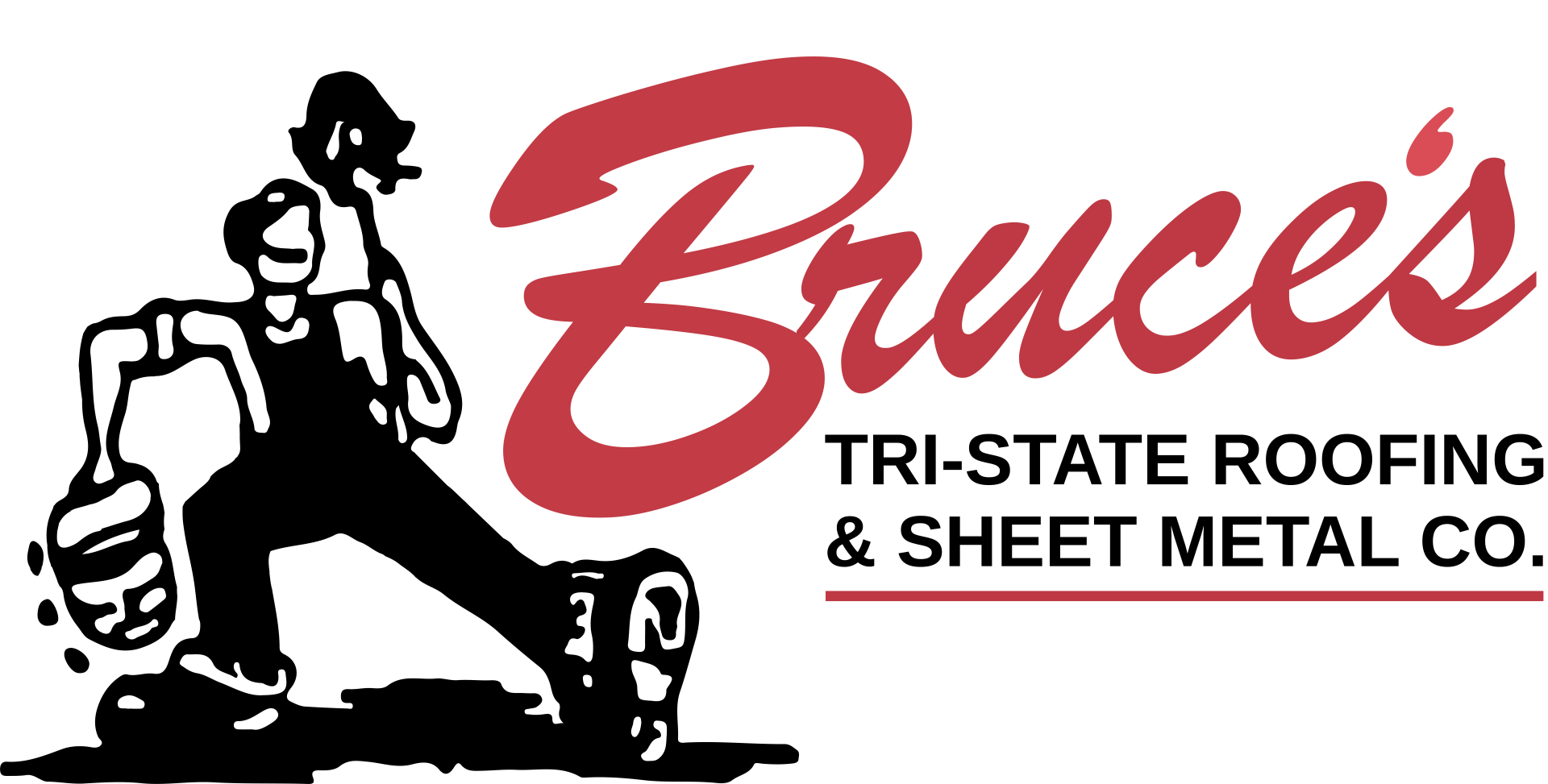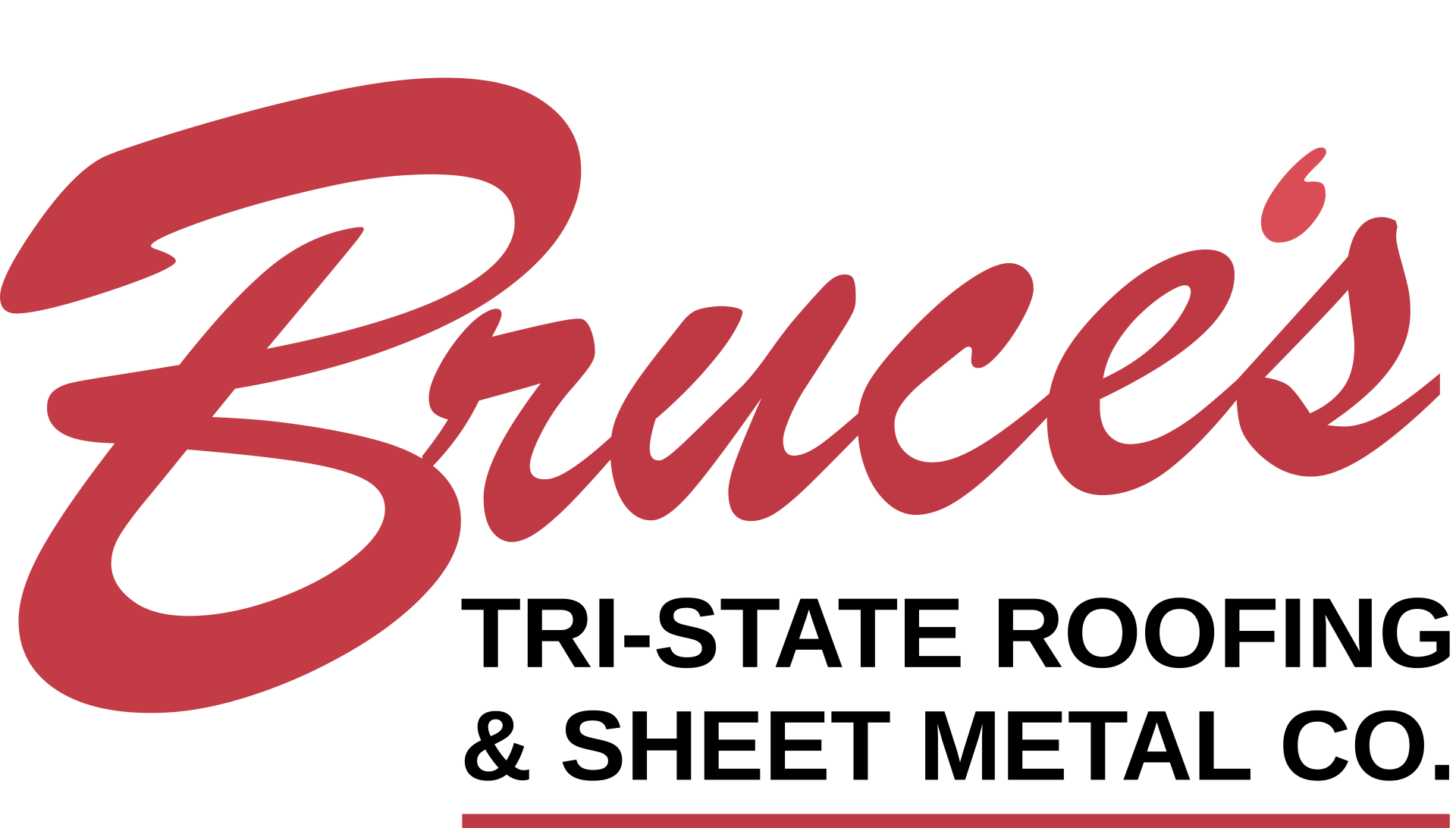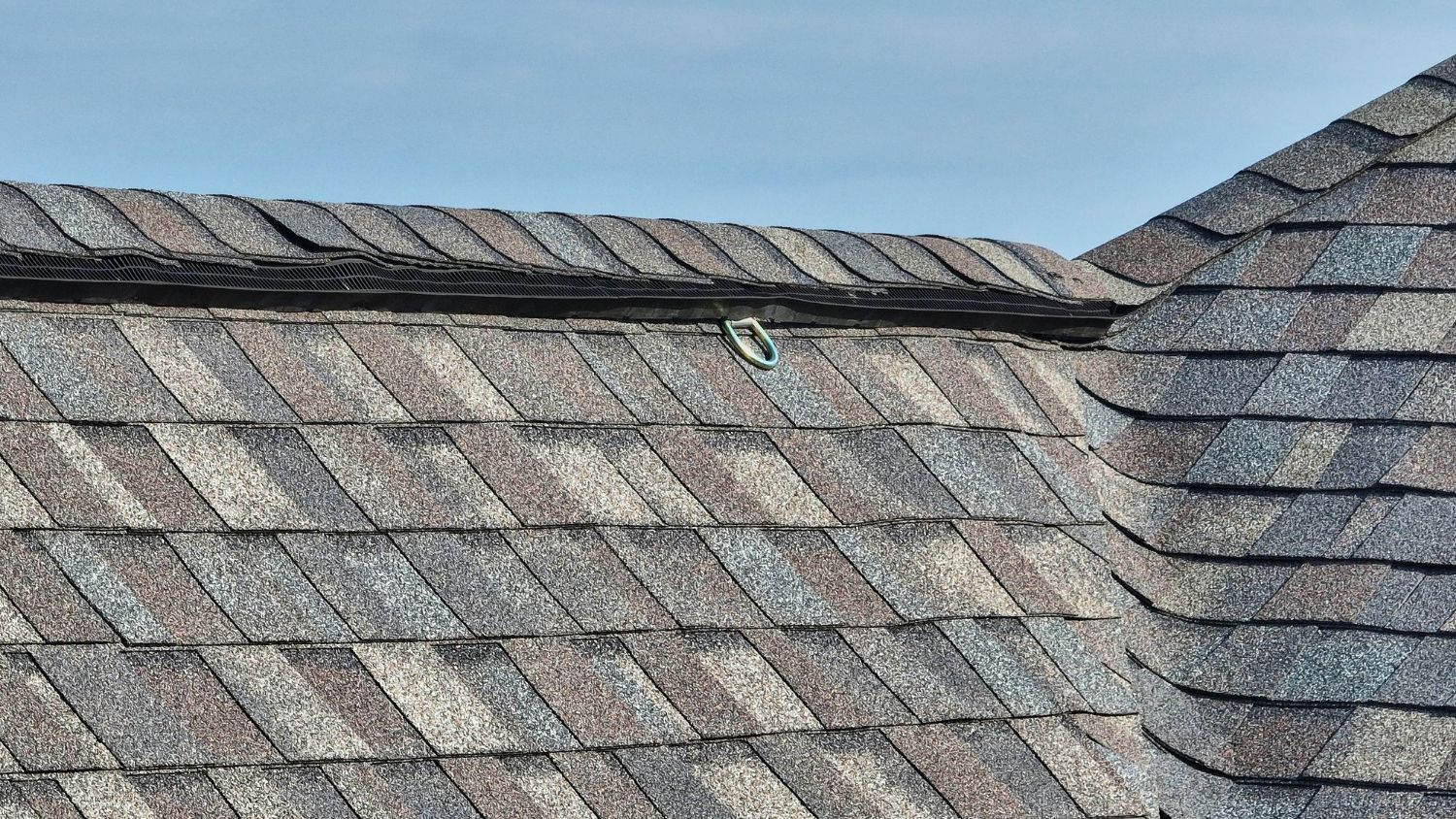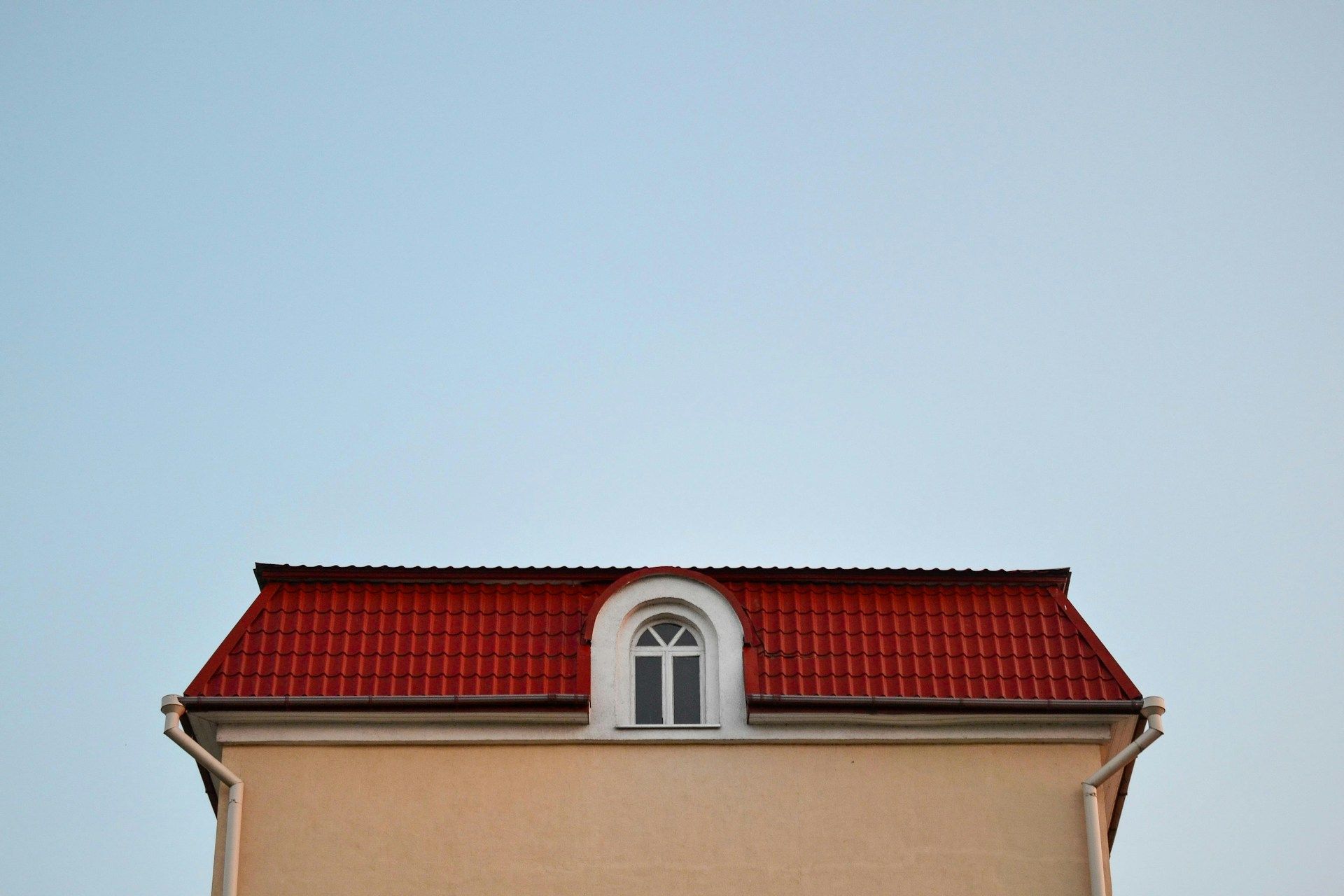
Severe weather can be a real adversary to your roof. A storm with high winds, heavy rain, or hailstones can leave it battered, bruised, and potentially in dire need of repair. But how do you figure out the extent of the damage? And what's the next step once you've got a handle on it? Well, fret not. We're here to arm you with all the knowledge you need to tackle this issue.
With that in mind this guide will walk you through the process of effectively assessing any storm damage to your roof, and then smoothly navigating the path to getting it fixed. Whether it's a few missing shingles or more severe damage, understanding the extent of the problem and knowing how to address it can save you a lot of stress, time, and potentially money.
Identifying Storm Damage
Understanding the different types of storm damage is the first step to assess your roof's condition effectively. Keep an eye out for these common signs of storm-related damage:
1. Shingle Damage: Look for shingles that are missing, cracked, or curled. Hail can cause granule loss, exposing the underlying matting and causing the shingles to become more susceptible to UV damage and water penetration.
2. Flashing Issues: Inspect roof flashing—the thin strips of metal or rubber installed around roof protrusions such as vents, chimneys, and skylights. Damage to the flashing can allow water to penetrate your home's structure.
3. Water Damage: Check your attic for signs of water intrusion, such as damp insulation, water stains, and musty odors. Water damage can lead to mold growth, rotting wood, and costly structural issues.
4. Gutter Problems: Ensure that your gutters are intact and securely attached. Storms can cause debris buildup, blockages, and damage, resulting in inadequate water drainage and potential structural damage.
When to Call a Professional
While homeowners can conduct some initial visual inspections, it’s essential to involve a qualified roofing professional as soon as possible when dealing with storm-related roof damage. A professional roofer can provide a thorough assessment, identify underlying issues not visible to the untrained eye, and recommend the most efficient and effective course of action for repair or replacement. The sooner you call a professional, the better your chances of preventing further damage and rapidly restoring your roof's integrity.
Navigating the Insurance Claim Process
When dealing with storm damage to your roof, it is crucial to be familiar with your homeowner's insurance policy and understand the process for filing a claim. Here are some key steps to help you navigate the insurance claim process:
1. Document the Damage: Take photos of the damage and make detailed notes. This information will be invaluable when filing your insurance claim.
2. Contact Your Insurance Company: Notify your insurance provider of the damage as soon as possible. They will likely send an adjuster to evaluate the damage and determine your coverage.
3. Obtain Estimates: Get at least two to three estimates from reputable roofing contractors in Owensboro, KY, to ensure you receive a fair assessment and quote for your repair or replacement.
4. Review Your Policy: Carefully review your insurance policy to understand your coverage and deductible. If you have questions, consult your insurance agent or adjuster for clarification.
5. Keep Receipts: Retain all receipts for temporary repairs and materials needed, as these may be reimbursable under your policy.
Undertaking Roof Repairs
Once you have identified the damage, consulted with a professional roofer, and filed your insurance claim, it is time to address the necessary repairs. Depending on the extent of the damage, your options may include:
1. Repairs: Minor storm damage, such as a few missing shingles or damaged flashing, can typically be repaired quickly and efficiently by a professional roofer. Prompt repairs will help prevent further issues and keep your roof in optimal condition.
2. Roof Replacement: In cases of significant storm damage or older roofs nearing the end of their lifespan, a full roof replacement may be necessary. Consult with your roofing professional to determine the best course of action.
Preventing Future Storm Damage
While it is impossible to prevent storms, there are steps you can take to minimize potential damage to your roof and home:
1. Regular Inspections: Schedule routine roof inspections by a professional at least once a year or following a significant storm. Early detection of issues is key to maintaining your roof's integrity.
2. Roof Maintenance: Keep your roof clean and free from debris, and ensure gutters and downspouts are functioning correctly. Regular maintenance will help extend your roof's lifespan and minimize the risk of damage.
3. Upgrade Materials: Consider investing in impact-resistant shingles or metal roofing to provide added protection against potential storm damage in the future.
Navigating the Aftermath: Assessing and Addressing Storm-Related Roof Damage
Addressing storm damage to your roof is not just about repairing what's visible—it's about ensuring the overall structural integrity of your home and safeguarding your family's wellbeing.
Bruce's Tristate Roofing is your one-stop shop for all your
roofing needs in Owensboro, KY, with a team of skilled professionals dedicated to providing exceptional service and expertise. Get in touch with us today for a comprehensive assessment and unbeatable roofing solutions for your home!
Have Total Confidence in the Roof Over Your Head
Hire an experienced commercial roofing company serving the entire Tri-State area


Hours
Mon: 7:00AM-4:00PM
Tue: 7:00AM-4:00PM
Wed: 7:00AM-4:00PM
Thu: 7:00AM-4:00PM
Fri: 7:00AM-4:00PM
Sat: Closed
Sun: Closed
All Rights Reserved | Website Designed & Developed By Oddball Creative


